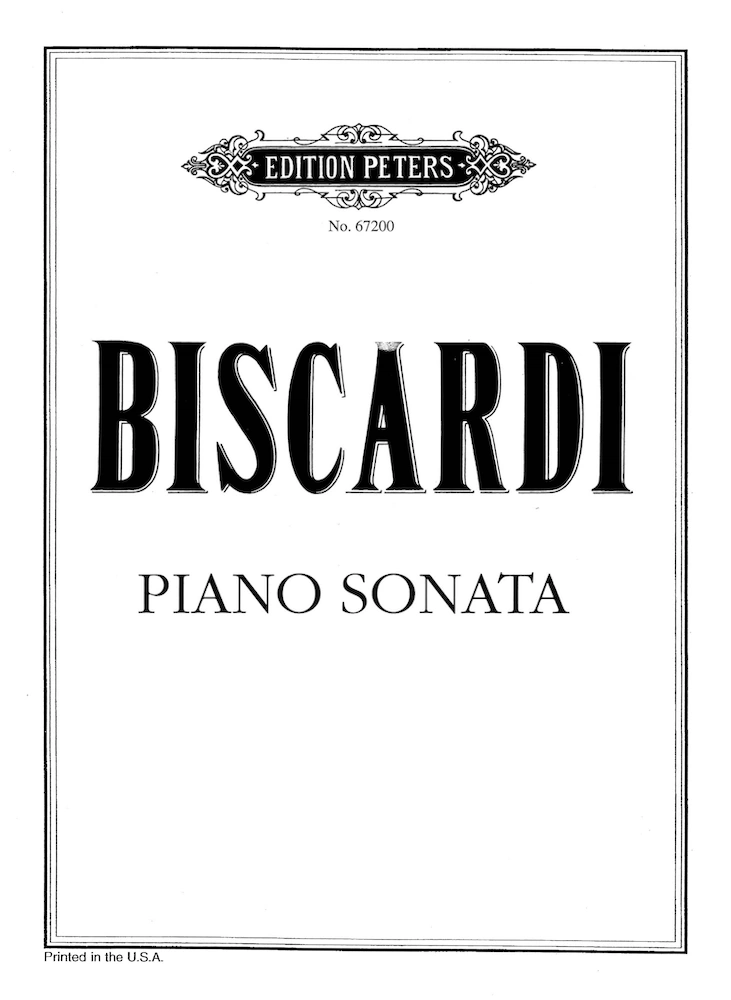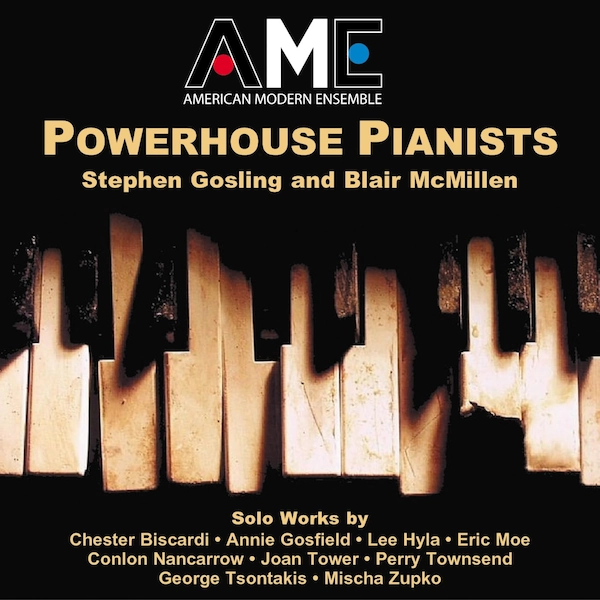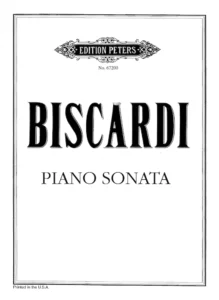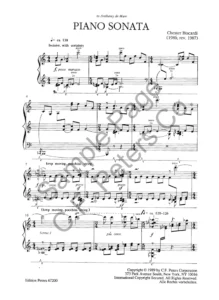Program Notes
Since the early 1970s, I have been interested in the ways literature and painting influence musical ideas and forms – how literary images or use of color can inspire everything from the smallest melodic shape to a work’s overall structure.
The structure of Piano Sonata (1986; revised 1987) is based upon Jasper Johns’ Voice 2. Voice 2 has gone through three transformations: originally an oil and collage triptych (1971), later a three-panel lithograph (1982), and, in a final version, a nine-panel interchangeable series made of the 1982 lithograph. Johns borrows material from earlier works and utilizes overlapping, extension, and repetition as the main ingredients of form. Piano Sonata is divided into three sections which reflect three musical textures: angular and pulsating; fast runs and chords; and lyrical. As with Johns’ series, the three sections of Piano Sonata evolve into nine interactive sections and a coda.










